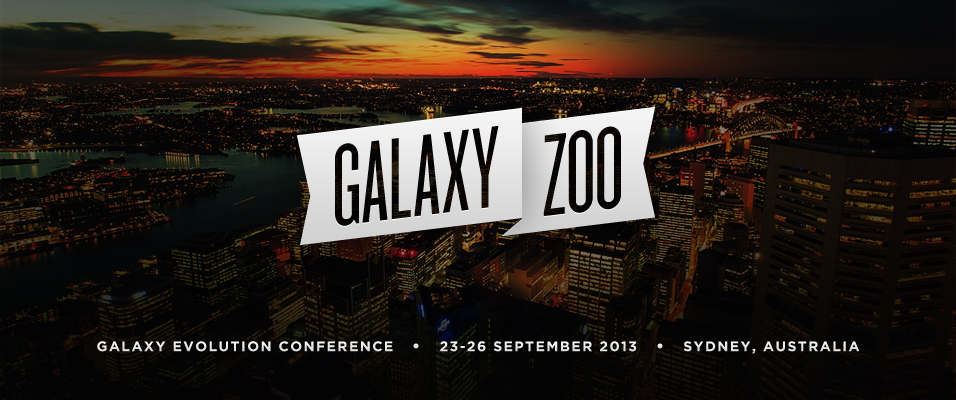
Bar Morphology As A Function Of Wavelength: A Local Baseline For High-Redshift Studies
Karín Menéndez-Delmestre (Valongo Observatory, Federal University of Rio de Janeiro)
Stellar bars are present in roughly 2/3 of all nearby galaxies and may play a critical role in the evolution of their hosts. With the advent of large high-resolution imaging surveys, bar studies are currently being extended to distant galaxies. However, photometric studies of the distant universe are invariably subject to the effects of band-shifting, the progressive shifting of the photometric band to bluer rest-frame wavebands. In order to reliably characterize the intrinsic evolution of bars with redshift safe from band-shifting effects, it is necessary to establish a local anchor of how bar properties vary with wavelength. To achieve this, we investigate bar properties in 16 large nearby – clearly barred – galaxies taken from the Spitzer Survey of Stellar Structure in Galaxies (S4G) at ultraviolet (GALEX FUV/NUV), optical (B, R) and mid-infrared (Spitzer/IRAC 3.6/4.5μm) wavebands. Based on the ellipticity and position angle profiles resulting from fitting elliptical isophotes to the full 2D light distribution, we determine the bar length and strength – characterized by ellipticity – for each galaxy, in each band.
We find that at bluer wavebands both the bar length and the bar ellipticity increase. We attribute the increase in bar length to the frequent presence of prominent star forming knots at the end of bars: these regions are significantly brighter in bluer bands, resulting in the “artificial” lengthening of the bar. On the other hand, we interpret the increase in bar ellipticity as a result of the fact that the bulge, composed primarily of old and red stars, is less prominent at bluer bands, allowing for thinner ellipses to be fit within the bar region. The resulting effect is that bars appear longer and thinner when traced at bluer wavebands.
Although we find that ~40% of the bars disappear in the UV, the results on bar ellipticity and length extend to those cases in which the bar is still visible in the UV. Therefore, these results may be used as a reference to implement band-shifting corrections to high-redshift studies of bar properties beyond z~0.8, when optical filters start tracing rest-frame UV bands. This opens the door for detailed morphological studies of bars to reliably gauge any intrinsic redshift evolution of bar properties out to the distant universe.
